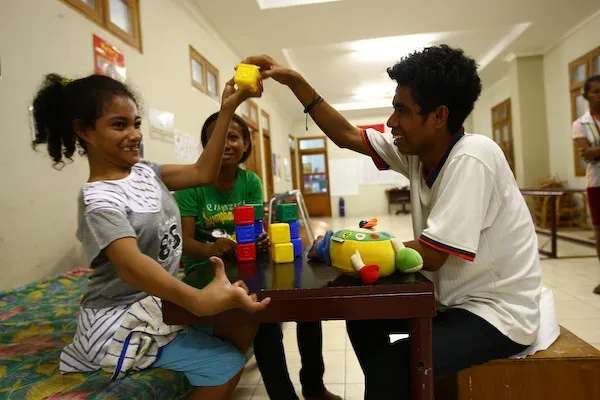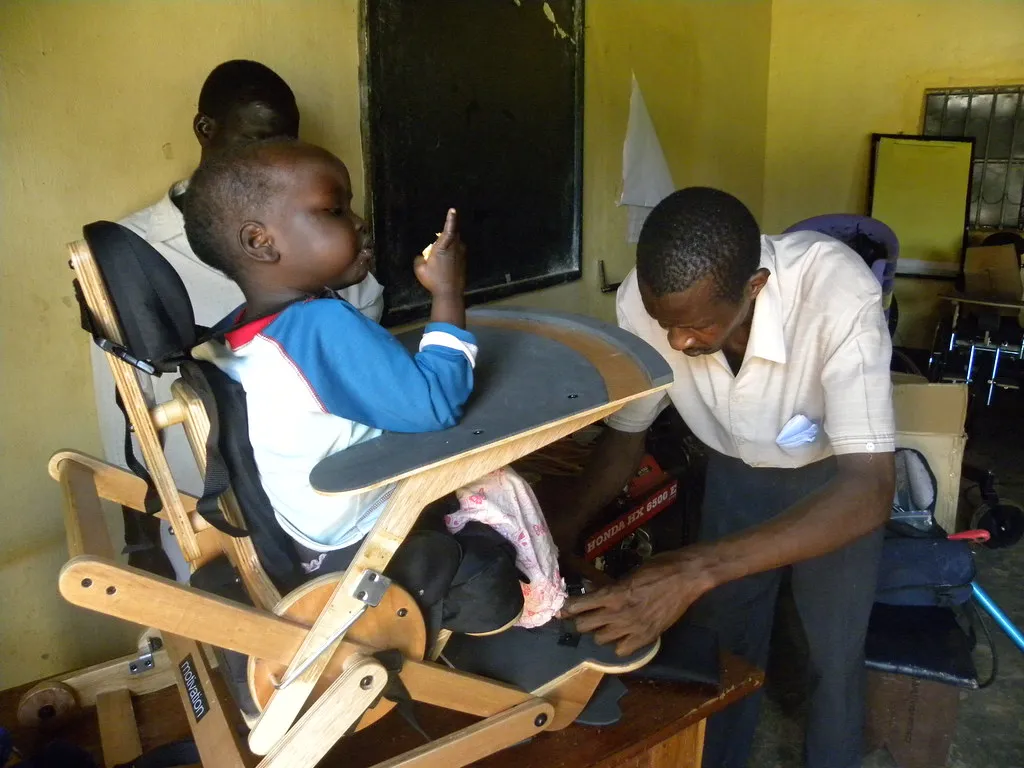Some conditions are not just a description of one thing, but a package of several others, and a good example is cerebral palsy. It is a group of permanent disorders that affects movement development and generally limits activities.
Cerebral palsy is a permanent disorder of movement and posture, resulting in limitations in daily activities. It is not a rare condition it is the most common disability of childhood that affects motor function due to injury caused to a developing brain. The condition can occur in either a prenatal, perinatal, or postnatal period.

Image Credit
The prenatal cause is often as a result of; chromosomal abnormalities, intrauterine stroke, congenital brain malformations, and intrauterine intrauterine infections. When it happens at perinatal stage, it is usually due to, stroke, kernicterus, hypoxic-ischemic insults, or kernicterus.
For a postnatal occurrence, it is usually due to anoxic insults, stroke, CNS infections, and accidental or non-accidental trauma. A child born prematurely is at a strong risk for cerebral palsy; the premature birth situation could lead to complications such as periventricular infarcts, periventricular leukomalacia, and intraventricular hemorrhage.
Cerebral palsy has different types, and the signs displayed are the way to categorize and discover under what category the nature affecting a particular child falls. For a patient whose legs are more affected than the arms, it is called spastic diplegic.
Spastic hemiplegic means the arms are usually more affected, spastic quadriplegic provides motor difficulties that affect only one side of the body, with the arms more involved than the legs. Ataxic means unsteadiness and incordination that are hypotonic, dystonic implies there are repetitive movements of sustained muscle contractions causing twisting.

Image Credit
The clinical symptoms and signs linked to cerebral palsy are not unique to the condition; some other disorders, like progressive disorders, can be mistaken for cerebral palsy. A proper and critical diagnosis is important for us to be sure of the presence of cerebral palsy, and for a sound diagnosis experts usually look into; sensory loss, developmental regression, family history, oculomotor abnormalities, and the rapid loss of neurological skills that gets worse during an illness or fasting.
Cerebral palsy is also classified into levels; level 1 is for those who can walk without any form of limitations, level 2 is for people who walk long distances without any limitation, but they cannot jump or run. Level 3 is for people who can sit with little support and can stand on their own without support.
Level 4 is for the category of people who can walk with the aid of an assistive device, can independently move in a wheelchair, and when they want to sit, they require people's support. People with level 5 cerebral palsy need support for their neck and head position. They need support to sit and stand.
Treating cerebral palsy needs an interprofessional team, including a physician, neurologists, physiatrists, orthopedists, therapists, social workers, behavioral health specialists, and even educational specialists, who are required to make treatment possible.
Medications, both in their oral and injectable form, will be prescribed to help treat tone abnormalities, pain, and comorbid conditions like sialorrhea, epilepsy, gastrointestinal disturbances, and behavioral disorders. One of the most common complications of cerebral palsy is constipation, which would require stool softeners and pro-motility agents. Dental problems, incontinence, osteoarthritis, communication difficulties, and spinal issues.
Most causes of cerebral palsy cannot be prevented by our efforts, but pregnant women can take preventive measures to minimize complications, one of which is to get vaccinated against conditions that can cause fetal brain damage. Getting adequate prenatal care is also very essential, attending appointments regularly will help the doctors understand what the next line of action to take is.
For Further Studies.
https://www.ncbi.nlm.nih.gov/books/NBK538147/
https://my.clevelandclinic.org/health/diseases/8717-cerebral-palsy
https://pmc.ncbi.nlm.nih.gov/articles/PMC7082248/
https://onlinelibrary.wiley.com/doi/10.1155/2022/2622310
https://www.healthline.com/health/cerebral-palsy#prevention

Hi, I am Tobi, a writer, speaker, relationship blogger, and lover of good music. I love making friends and learning from people. Want to hear me speak on relationships and general life issues? You can find my YouTube channel where you can listen to and watch any episode for free. Please, do not forget to subscribe, friends. I sincerely appreciate every love I get from here. Kindly do well to keep them coming.****